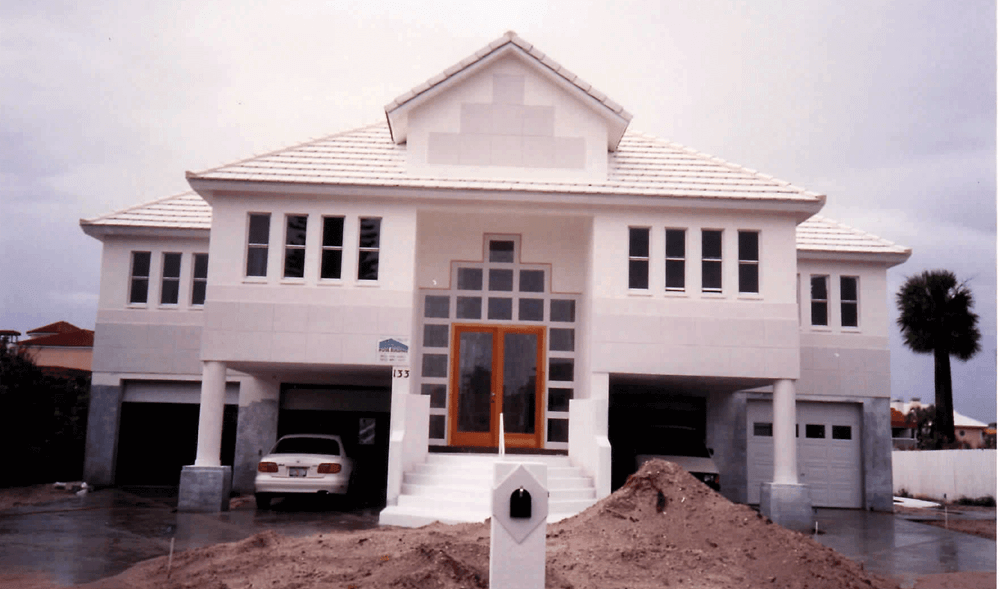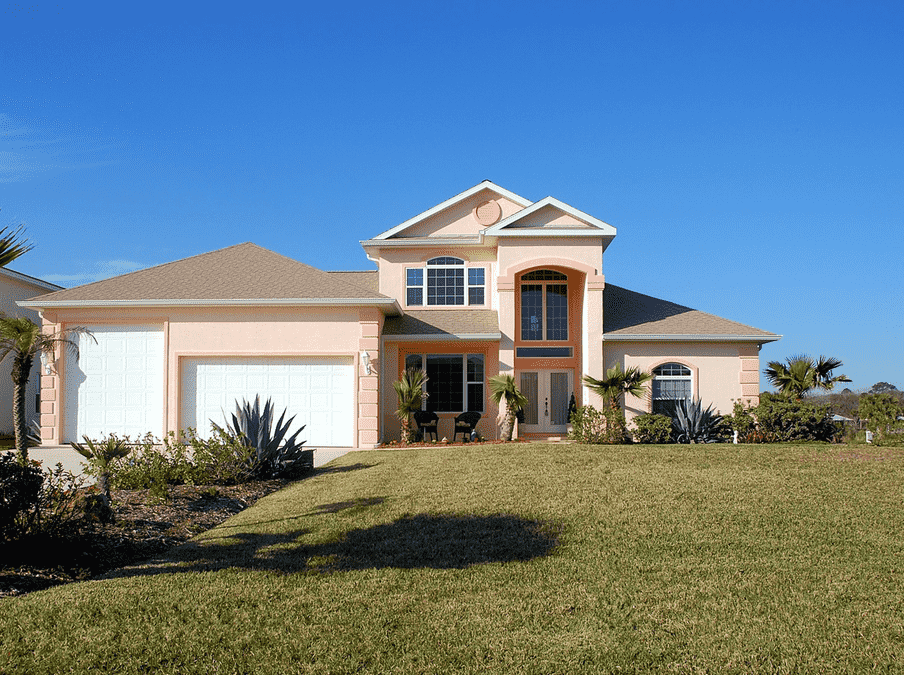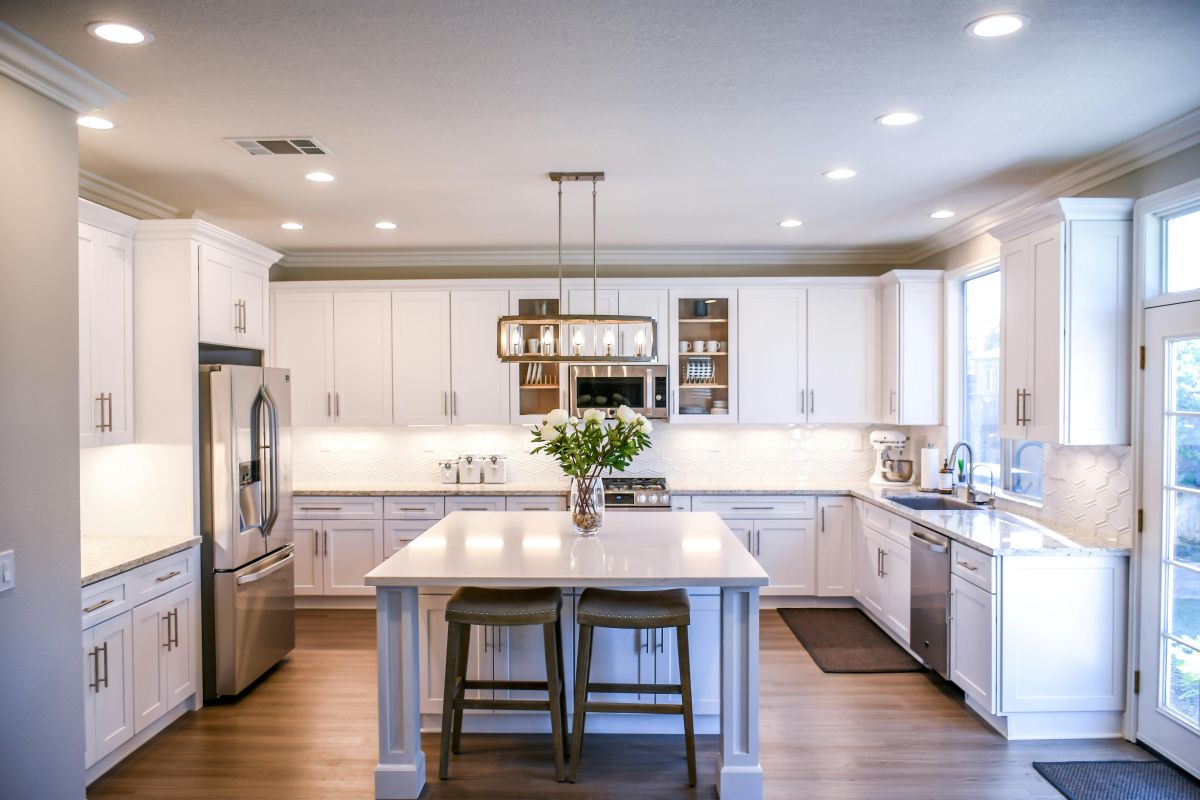By using our website, you agree to the use of cookies as described in our Cookie Policy
a
Rss Feed
Why Minimalist Interiors Work Best by the Water
Living by the water has its charm. The rhythmic sound of waves, the cool breeze, and the natural beauty of water views often make a home feel more peaceful and balanced. When designing such a space, minimalist interiors have proven to be the best choice. Minimalism strips away distractions and focuses on the essentials, making it the ideal design for homes by the water. Moreover, a professional interior design service can help you achieve this perfect balance. If you’re building a vacation home or settling down permanently, a minimalist design enhances the beauty of your surroundings while offering comfort and tranquility.
The Connection Between Minimalist Interiors and Waterfront Living
Minimalist interiors embrace simplicity and functionality, which is perfect for homes near the water. When you're lucky enough to live near a lake, beach, or river, the focus should naturally shift toward appreciating the outdoors. A cluttered home can overshadow the serene environment outside, but minimalism lets the natural beauty of the water become the focal point. You don’t want your decor to compete with the expansive horizon, and this is where minimalist design steps in.
With fewer items in the room, each piece of furniture or decor holds more significance. Minimalism often uses neutral colors, clean lines, and open spaces to create a serene atmosphere. This design philosophy doesn’t just make your space look good. It makes you feel better. You’re not overwhelmed by excess, and your attention is drawn to what truly matters—both inside and out.
Light and Airiness: Key Features
One of the standout features is the emphasis on light and space. That is particularly effective in waterfront homes, where large windows provide panoramic views. The open, airy layout of minimalist design complements the expansive water view. There are no bulky furniture pieces to obstruct the view, creating a sense of freedom and openness.
In minimalist interiors, natural light becomes the focal point. Floor-to-ceiling windows, sliding doors, and open layouts work together to invite sunlight into every room. As the light shifts throughout the day, it brings a dynamic quality to the home, connecting the indoor and outdoor spaces. Whether it’s morning light casting soft shadows on your walls or the evening sun reflecting on the water, this natural element enhances the tranquility of the home.
Less Clutter, More Calm: Create Peaceful Spaces
One of the biggest advantages is that minimalism reduces visual clutter. It’s easy for a home to feel crowded and chaotic, especially when you have too many decorative items or furniture pieces. But in a minimalist setting, there’s an emphasis on removing unnecessary objects. The idea is to keep only what you need and what adds value to your life.
Living near the water can bring a sense of calm and relaxation. Why not extend that feeling into your home? When you’re dealing with an excess of things, it can be hard to relax and truly appreciate the beauty around you. However, when you downsize, you can shift your focus from material possessions to the experience of living near the water. A minimalist approach can help you declutter your space and mind, allowing you to enjoy your surroundings without distractions.
This process of simplifying doesn’t mean your home has to be bare or lifeless. It’s about choosing quality over quantity. A few carefully selected pieces of furniture or artwork can make a statement without overwhelming the space. That helps maintain a peaceful atmosphere, where each item has purpose and meaning.
Functionality Meets Style: Practical Aspects of Minimalist Interiors by the Water
Minimalist interiors are not just about beauty. They’re about functionality. When designing a home by the water, it’s essential to choose materials that withstand the elements. Waterfront properties often experience extreme weather conditions, such as saltwater exposure, humidity, and high winds. Choosing simple, durable materials is a key aspect of minimalism.
Wood, metal, glass, and stone are commonly used in minimalist designs for their durability and timeless appeal. These materials not only complement the natural beauty of the water but also ensure that your home can stand up to the rigors of coastal living. These materials age beautifully, requiring little maintenance while adding character to your space over time.
Moreover, minimalist interiors allow for clever storage solutions. With fewer items on display, there’s more room for thoughtful, hidden storage. That helps keep the space organized and ensures that everyday items don’t disrupt the peaceful atmosphere of the home. Whether it’s hidden cabinetry, built-in shelving, or multi-functional furniture, the minimalist design prioritizes practicality without sacrificing style.
The Benefits of Open Spaces in Waterfront Minimalism
Waterfront homes typically offer larger spaces with more opportunities for expansive floor plans. Minimalist interiors make the most of this by using open layouts that allow for smooth flow between rooms. This open space promotes social interaction and makes the home feel more expansive.
The absence of walls or unnecessary barriers between spaces can also help maximize the views. When you have a beautiful water view, why block it off with large pieces of furniture or intricate room divisions? Open space encourages a sense of connection between the indoors and the outdoors, which is especially important for waterfront properties. It also helps make the home feel airy and less confined.
In addition to being visually appealing, open spaces have a psychological benefit. When there’s more room to breathe, your mind feels less stressed. That is especially important if you live in a busy area or are constantly dealing with external distractions. The spaciousness helps promote relaxation, which can be hard to find in today’s fast-paced world.
Sustainability and Minimalism: Eco-Friendly Choices for Waterfront Homes
Waterfront properties often attract homeowners who are concerned about their environmental impact. Minimalist interiors are inherently eco-friendly because they prioritize quality over quantity. Instead of filling your space with excess items, minimalist design encourages you to invest in fewer, more sustainable choices.
Many minimalist interior designers focus on sustainable materials, such as reclaimed wood, eco-friendly paints, and energy-efficient appliances. This philosophy is especially relevant for waterfront properties, where protecting the natural environment is a priority. The less you consume and the more you focus on durable, eco-conscious products, the better it is for the planet.
Sustainability is also connected to the minimalist principle of reducing excess. When you do not overload your home with unnecessary items, you reduce waste. Also, downsizing done right is a simple yet effective way to live more sustainably while also keeping your home looking fresh and modern.
A Perfect Match for Waterfront Living
Minimalist interiors are the perfect design choice for homes by the water. They emphasize simplicity, functionality, and natural beauty, allowing the surrounding environment to shine. Whether it’s the open space, the light-filled rooms, or the ability to reduce clutter, minimalist interiors help create a peaceful, harmonious living space.
Photo: https://www.pexels.com/photo/apartment-interior-with-cabinet-with-vases-near-mirror-6480207/
‹ Back






.png)
